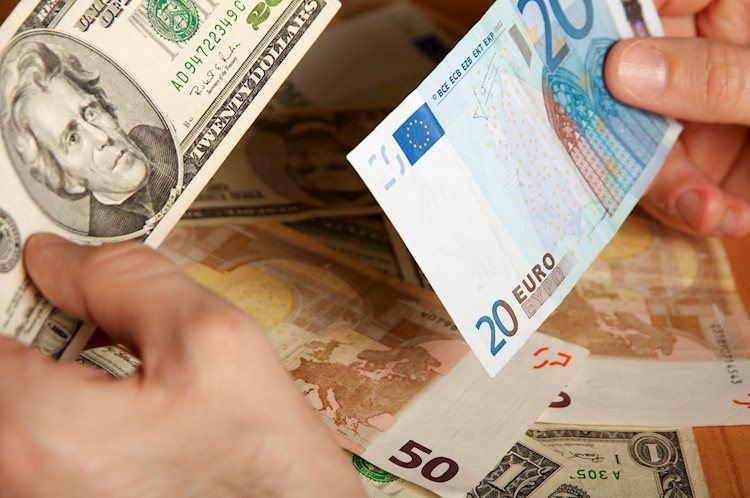EUR/USD fell to near 1.0830 as investors turned cautious ahead of the release of Eurozone and US inflation data. The uncertainty surrounding the major currency pair was heightened as focus shifted to the Eurozone preliminary CPI data for May and the US core PCE Price Index data for April, which were scheduled to be published on Friday. These data releases were expected to influence market speculation regarding potential interest rate cuts by the ECB and the Fed.
The US Dollar bounced back, causing the Euro to drop sharply as investors anticipated the Fed to start reducing interest rates in the last quarter of the year. Market sentiment turned bearish as traders scaled back Fed rate cut bets for the September meeting, expecting interest rates to remain unchanged until significant progress was made in the disinflation process. Investors were looking for the Fed to begin lowering interest rates from the end of the year.
The release of slightly higher than expected German CPI data for May did little to support the Euro, causing the EUR/USD pair to drop to 1.0830. The German inflation data, which showed a growth in headline inflation and harmonized inflation, had an impact on the ECB’s interest rate outlook. Market participants were closely monitoring the ECB’s plans to reduce its key borrowing rates further after maintaining a restrictive interest rate framework since July 2022. ECB policymakers remained data-dependent and did not commit to a specific rate cut path.
In a recent statement, ECB policymaker Klaas Knot advised a gradual rate-cut approach, cautioning against decision-making solely based on quarterly economic projections. The ECB had projected three or four rate cuts this year, but recent data on increased wage growth and improved Manufacturing PMI suggested a re-evaluation of the rate-cut path. The ECB was reluctant to commit to a specific timing for rate cuts and emphasized the importance of remaining flexible based on evolving economic conditions.
Despite facing selling pressure as the US Dollar strengthened, EUR/USD struggled to maintain its strength even after breaking out of a Symmetrical Triangle chart pattern on a daily timeframe. The near-term outlook for the currency pair remained solid, with trading above all short-to-long-term EMAs. The RSI indicated fading momentum towards the upside in the current market environment.
The European Central Bank (ECB) acts as the reserve bank for the Eurozone, setting interest rates and managing monetary policy. In times of extreme economic conditions, the ECB can resort to Quantitative Easing as a policy tool to buy assets from financial institutions, resulting in a weaker Euro. QE is typically used when lowering interest rates alone is insufficient to achieve price stability. Conversely, Quantitative Tightening (QT) is implemented after QE when an economic recovery is underway, which can be positive for the Euro. ECB Governing Council makes monetary policy decisions to maintain price stability by adjusting interest rates.











